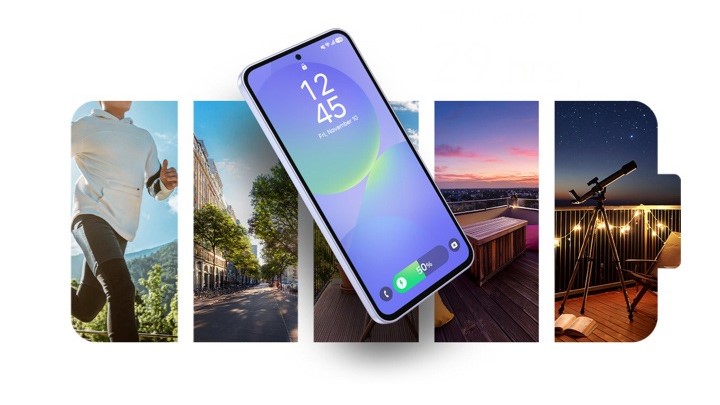OnePlus 5 vs. OnePlus 3: Should you upgrade?
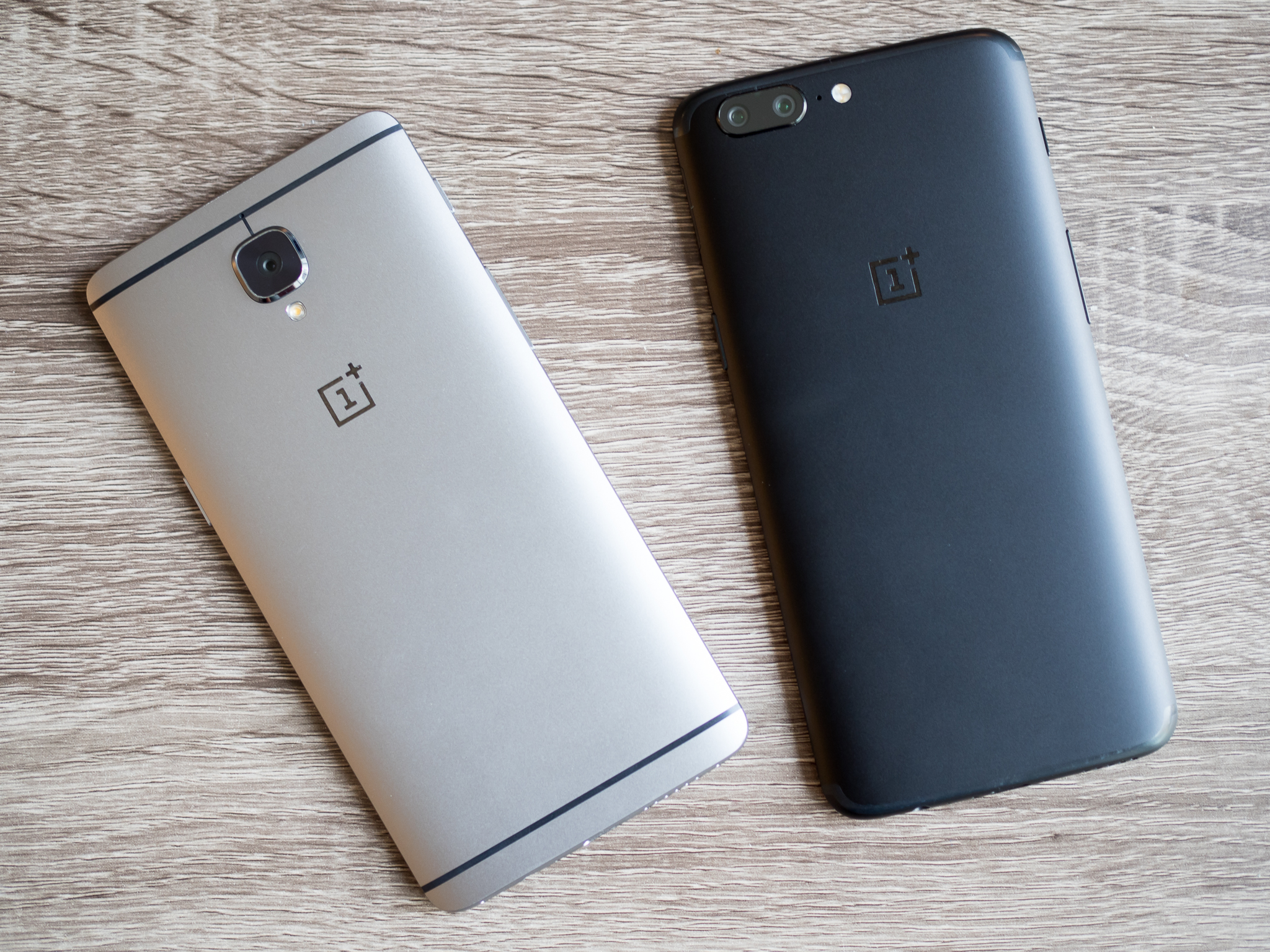
After a barnstorming 2016, OnePlus is back with its most anticipated smartphone yet, the OnePlus 5. It's slimmer, with improvements to build quality and battery life, and a new dual camera system. But if you're rocking the year-old predecessor, the OnePlus 3 — or its upgraded cousin the 3T — is the new model worthy of a $479 splurge?
That all depends on your priorities, so let's examine why you might want to take the plunge and upgrade to a OnePlus 5 — and why you might be smarter to hold onto your cash and stuck with a 3 or 3T.
The core physical design of the OnePlus 5 is clearly inspired by the 3 and 3T — particularly around the front, where it's virtually indistinguishable from the older models. Around the sides and back, the 5 has softer corners, a slimmer profile and less overt antenna lines. (And of course, the new dual camera module gives the back of the OnePlus 5 a very different look, too.) It's a little more compact and ergonomic than last year's handsets, building on what was already a svelte smartphone design.
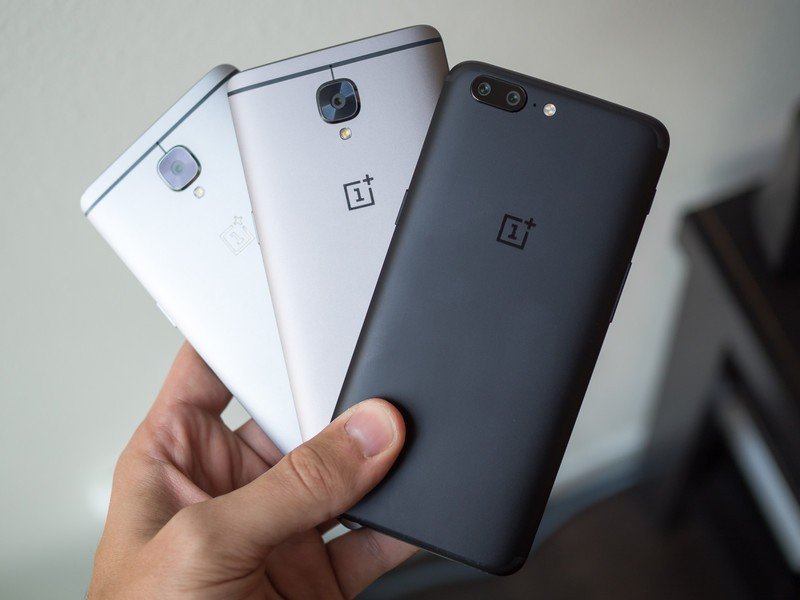
More: OnePlus 5 vs OnePlus 3 vs OnePlus 3T spec comparison
On the inside, it's mostly a generational leap in hardware specs. The OnePlus 5 steps up to a Snapdragon 835 — up from the 820 or 821 in the 3 and 3T, respectively. The new chip is blazing fast, but the biggest difference we've noticed in Snapdragon 835 devices so far is power efficiency — an 835 phone like the HTC U11 or Galaxy S8 can go a lot further on a 3000mAh battery than last-gen chips like the 821. So naturally, the OnePlus 5 absolutely screams in both day-to-day apps and more demanding tasks like gaming — but then again, so do the 3 and 3T still. For most people, the more noticeable upgrade will be the battery life.
The OnePlus 3 was already ridiculously fast — and so is the OnePlus 5, but the difference is more about battery life this time.
If you're coming from a OnePlus 3, the more efficient CPU and slightly larger battery — 3300mAh, up from 3,000 — should result in a noticeable bump in longevity. So if battery life is a major consideration, that's one big reason to upgrade.
There is also the option of a whopping 8GB of RAM, should you opt for the more expensive 128GB OnePlus 5. While there is an argument to be made about future-proofing here, in 2017 having such a huge quantity of RAM in a smartphone is more about bragging rights than any practical concerns. But hey, if you're thinking about a new high-end smartphone, you're making a substantial purchase anyway ... and if you want the extra internal storage, there's certainly no harm in pairing it with more memory than you'll ever need.
Be an expert in 5 minutes
Get the latest news from Android Central, your trusted companion in the world of Android
Other areas are pretty much a wash. Both OnePlus 3 and OnePlus 5 feature 5.5-inch AMOLED panels that while good, don't quite match the very best available. And there's also an excellent front-facing fingerprint scanner, with optional capacitive keys, in both handsets. No change there.

A largely identical software experience — but the OnePlus 5 will now be first in line for updates.
On the software side, you're right up to date on Android 7.1.1 Nougat, and the latest version of OnePlus's OxygenOS software. OnePlus 3 and 3T owners have been able to get a taste of the new OxygenOS features from the OnePlus 5 for a while, thanks to the many community builds available for those phones. A stable release based on this new firmware, with the updated launcher and a handful of other features, should be forthcoming soon. In the meantime, OnePlus 5 owners get exclusive access to new tricks like a Pixel-style home screen panel, and the new Gaming Do Not Disturb Mode. Nice to have, but not a reason to upgrade.
When it comes to updates, however, it is worth considering that the OnePlus 3 and 3T will probably no longer be first in line for new OS updates. Expect the OnePlus 5 to get Android 8.0 a good few months before its predecessors.
The most sizeable upgrade this year is, obviously, the new dual camera setup in the OnePlus 5. The main camera retains the same 16-megapixel resolution and loses OIS (optical image stabilization), but steps up to a faster f/1.7 lens. (Plus, the improvements thanks to the Snapdragon 835's new image signal processor shouldn't be underestimated.) And complementing all that, there's a 20-megapixel telephoto camera behind an f/2.6 lens, which can be used in conjunction with the main in the new iPhone-style portrait mode.
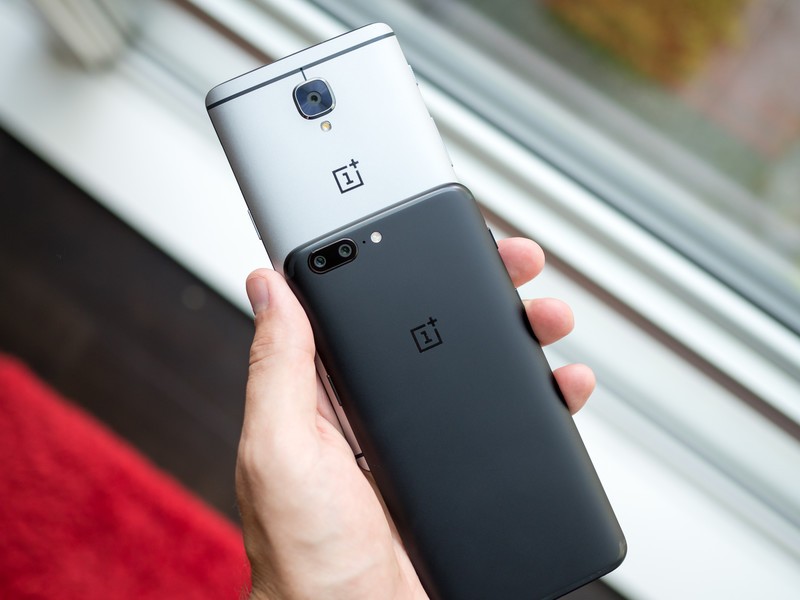
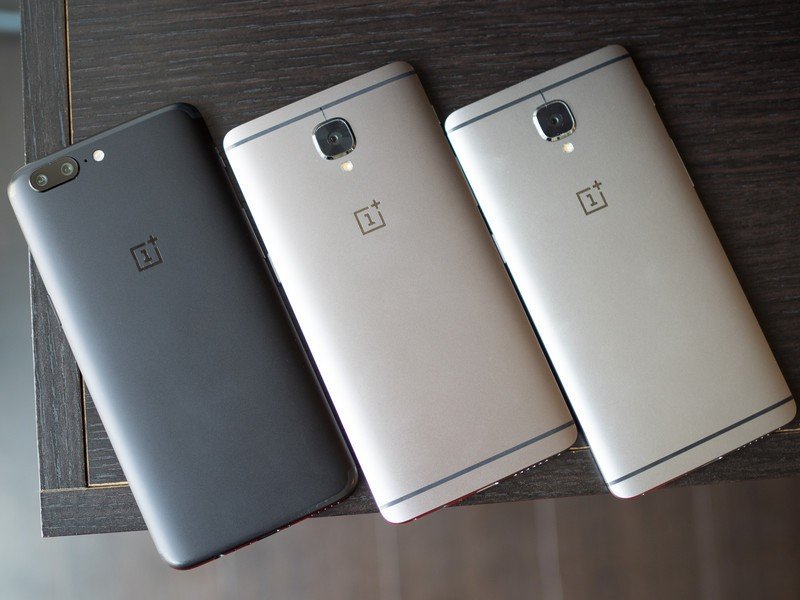
These are all things you simply can't do on a OnePlus 3 or 3T, however respectably that phone's camera performs. And the dual-camera setup gives you some new creative possibilities, even if low-light performance from the telephoto camera isn't great. Fortunately, though, the main camera comes closer than ever to matching today's $700-800 flagships, as Andrew Martonik explains in our full review:
The main camera is a solid step up from the OnePlus 3 and 3T overall, managing to provide clear, sharp and colorful images even with small pixels and no OIS. In low light it relies on higher ISOs, though, leading to some grain and occasional blur when the shutter speed also has to be slowed down — it's in these situations that you miss having that physical stabilization. OnePlus still makes the right decision overall to leave some grain in the photos rather than aggressively over-sharpen images artificially, which never looks good.
And sure, portrait mode isn't perfect in its current incarnation, but still, OnePlus has come a long way toward closing the feature gap with the big-name phone makers.
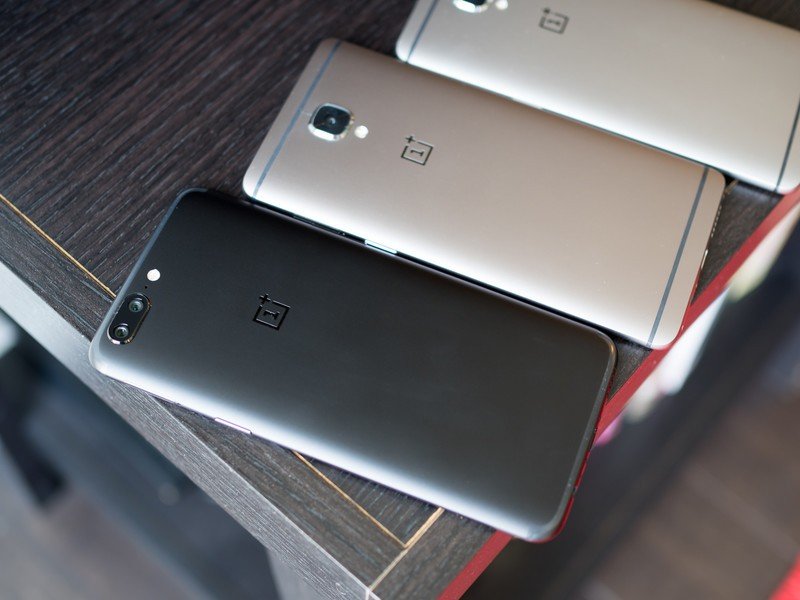
Camera and battery life are the two main reasons to upgrade this year
So the biggest reason to upgrade from a OnePlus 3 (or 3T, if you're feeling particularly crazy) is the camera, which provides tangible improvements to image quality and allows you to shoot the kind of zoomed photos that simply aren't possible in most smartphone cameras. Beyond the camera, the biggest performance difference between the two is in battery life, with the slightly larger cell — relative to the OnePlus 3, if not the 3T — working in tandem with a much more efficient CPU.
If you're already happy with the way your current OnePlus 3 and 3T perform in the areas of photography and battery life, you're probably safe to skip this year. But if those two things are a priority, and you like the OnePlus software and design language, you'll find an excellent upgrade waiting for you with the OnePlus 5.

Alex was with Android Central for over a decade, producing written and video content for the site, and served as global Executive Editor from 2016 to 2022.
